| Columns Retired Columns & Blogs |
One of the best ever and much needed direction during the pandemic.
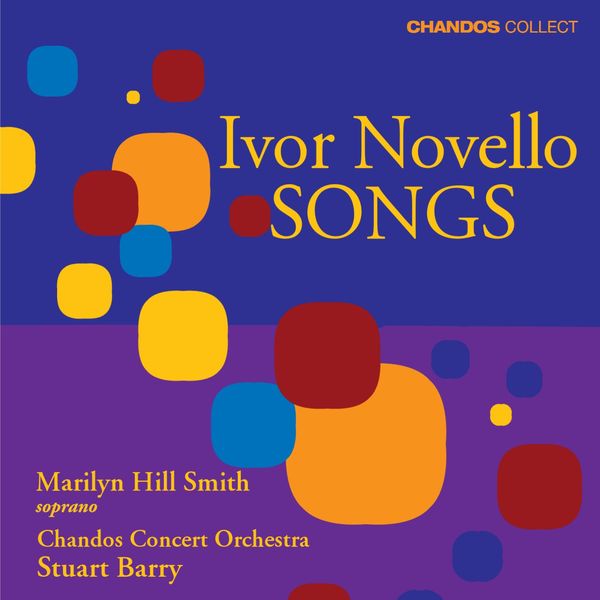
Ivor Novello: Songs
Marilyn Hill Smith, soprano. Chandos Concert Orchestra, Stuart Barry, cond. Chandos Chan 6677. (CD). 2004. Tim Oldham, prod.; Richard Lee, eng.
We are undoubtedly going through some difficult times and perhaps can benefit from listening to music that provides comfort. For me, this includes songs from the operettas of Ivor Novello. With their sweeping, romantic melodies and messages of hope ("We'll Gather Lilacs," "Someday My Heart Will Awake"), these songs with lyrics by Christopher Hassall provided the war-weary British public with comfort. I think they can do the same for us.
They have a perfect champion in soprano Marilyn Hill Smith. With a clear-as-a-bell voice, she shows great affinity for this material (as does conductor Stuart Barry), particularly on some lovely floating high notes. The sound is nicely ungimmicky.

John Owen-Jones: Bring Him Home
The Welsh Session Orchestra. John Quirk, cond.
Sain SCD 2746 (CD). 2017.
John Owen-Jones is the consummate singer-actor. He's perhaps best known for his Jean Valjean in Les Misérables (at age 26, the youngest to play the role on the West End) and nearly 2000 performances in the title role of The Phantom of the Opera.
Listening to the CD, I was struck by the beauty of his voice. His range extends from baritone to tenor (he sings B-flats with no apparent strain), and he has clear diction and total commitment to the song's meaning. The recording is billed as a "collection of musical favorites," a description that can cover a multitude of sins (how could they know what my favorites are?), but here it's quite accurate. Les Miz is represented (a heartbreaking "Bring Him Home" and "Empty Chairs at Empty Tables"); there are songs from Phantom and the sequel, Love Never Dies, and a hand-picked collection of some of the best songs written for the musical theater in the last 30 years or so. On "For Good," Owen-Jones is joined by Ruthie Henshall, and on "Pretty Lady" by Michael Ball and Bryn Terfel—talented company. Sound quality is fine.
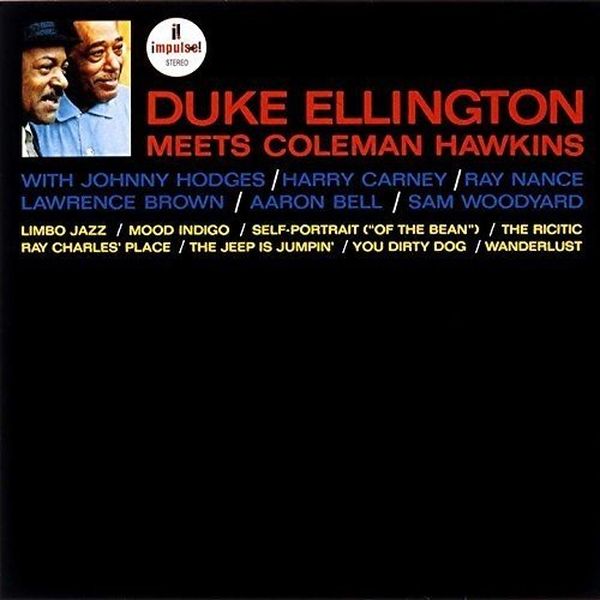
Duke Ellington Meets Coleman Hawkins
Duke Ellington, piano; Coleman Hawkins, tenor saxophone; Ray Nance, cornet/violin; Lawrence Brown, trombone; Johnny Hodges, alto saxophone; Harry Carney, baritone saxophone/bass clarinet; Aaron Bell, bass; Sam Woodyard, drums
Impulse!/MCA IMPD-162 (CD). 1962/1995. Bob Thiele, orig. prod.; Michael Cuscuna, reissue prod.; Rudy Van Gelder, eng.
Many great moments have been recorded at Van Gelder Studio in Englewood Cliffs, New Jersey, but this album is my favorite. It's a perfect presentation of the Ellington sound stew with sonic hot sauce on top from Coleman Hawkins. Producer Bob Thiele set the session up, stood back, and let the magic happen. When Hawkins enters the "Mood Indigo" musical cloud, a holographic sax man appears from the right speaker. Close attention should be paid when listening to this album, preferably in dim lighting. And remember to have fun, because it's all about the joy of musical mastery.
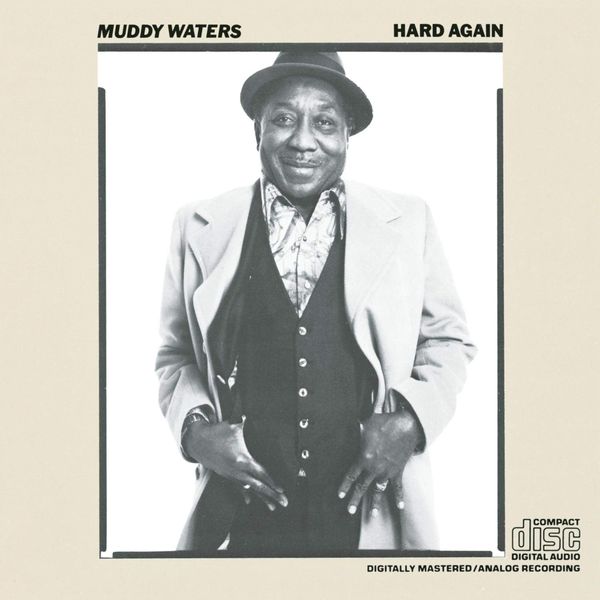
Muddy Waters: Hard Again
Muddy Waters, vocals; Johnny Winter, guitar; James Cotton, harp; Pinetop Perkins, piano; Bob Margolin, guitar; Charles Calmese, bass; Willie "Big Eyes" Smith, drums
Epic/Legacy EK 86817 1977/2004 (CD). Johnny Winter, orig. prod.; Al Quaglieri, reissue prod.; Dave Still, eng.; Joseph M. Palmaccio, remastering eng.
A founding father of the electric blues, Muddy Waters made a new start in the mid-'70s and birthed this classic. Recorded live in the room, it bursts from the speakers like an electric tsunami. At age 63, Muddy threw down a mark to all other bluesmen that he was far from done: He hereby set the tone for the harder blues preferred by a younger generation raised on rock. Soundwise, it is hardly "audiophile" or subtle. This is raw electric blues coming at you like a hell-bound train. Listen loud, on big speakers, and you will not sit still.

Smetana: Má Vlast
Jakub Hruša/Bamberger Symphoniker
Accentus Music ACC40482 (3 × 45rpm 180gm direct-to-disc LPs). 2020. Paul Smaczny, Rainer Maillard, prods.; Sidney Claire Meyer, eng.
Czech-born conductor Hruša and the Bamberg Symphony, an orchestra with roots in Prague, perform an uninhibited, grand, sweeping performance of Czech-born Smetana's patriotic "My Country" recorded direct to disc. The recording system included a pair of main microphones plus two support mikes, delivering signal into a vintage analog mixing console and lathe turning at 45rpm. Spectacular dynamics, timbral richness, transparency, and vivid imaging—plus the fact that it's vinyl-only and limited to 1111 copies—make this by any definition a record to die for. Everyone knows the melodic "Carul cu Boi" (Cart and Oxen, based on a Moldavian folk song), which is also used for "Hatikvah," the Israeli national anthem.
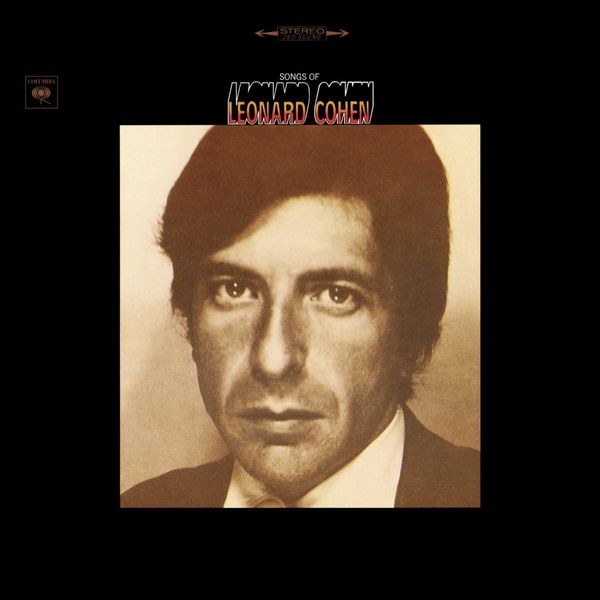
Leonard Cohen: Songs Of Leonard Cohen
Columbia CS 9533 (LP). 1967. John Simon, prod.; no engineer listed.
"A lot of rock'n'roll singers were boys," producer John Simon told me back in 2013—you can find the interview on the AnalogPlanet YouTube channel—"but Leonard was a man." A sick John Hammond had turned over the production reins for Cohen's Columbia debut to Simon, who also told me he "always wanted to make records that took you on a good trip." This one, at first not a Cohen favorite because he found it overproduced, does that. Packed with Cohen classics like "Suzanne," "So Long, Marianne" and many others, it's a trip best taken on an original Columbia "360 Sound" pressing.

Gunar Letzbor: Biber Sonaten Uber Die Mysterien Des Rosenkranzes
Heinrich Ignaz Franz Biber, composer; Gunar Letzbor, violin; Michael Oman, viola da gamba; Uli Fussenegger, double bass
Arcana A 381 (CD). 2015. Klaus L. Neumann, Michel Bernstein, prods.; Charlotte Gilart de Kéranflèc'h, eng.
Violinist Gunar Letzbor deserves Glenn Gould levels of acclaim for his recording of H.I.F. Biber's "Mystery Sonatas." Like Gould, he'd be subject to the concomitant criticism, but he would survive, no doubt, with a pure heart and a just mission. He brings to Biber's set of sonatas all the devotion and (crucially) fluidity that Gould gave the Goldbergs. On top of the ebb and flow of tempo, Biber's scordatura tunings set the music in a golden haze, perfect and slightly inscrutable. It's a breathtaking set.
And it demonstrates again that the baroque regimen needn't be a hard-and-fast rule.
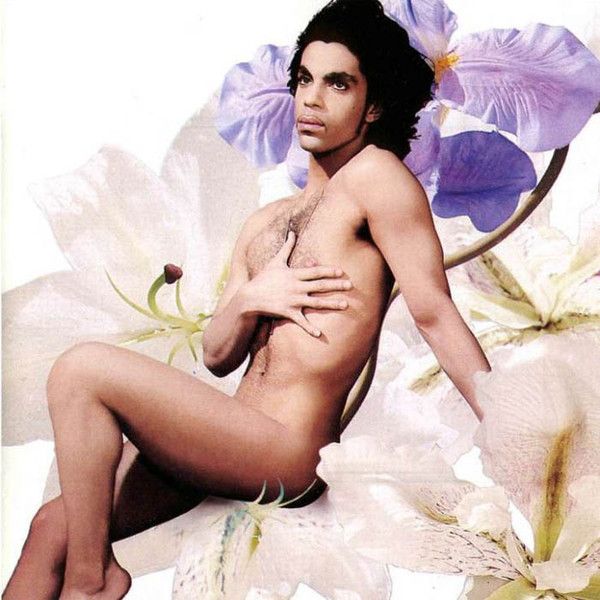
Prince: Lovesexy
Paisley Park 9 25720-2 (CD). 1988. Prince, prod.; Prince, Joe Blaney, Eddie Miller, engs.
Prince's remarkable high in creativity, popularity, and productivity that began with the Purple Rain movie, album, and tour ended four years later with what sadly is not remembered as his most brilliant album, Lovesexy. (After Lovesexy, he would stumble and wander but still continue to be better than anyone else.)
Infectious grooves and impossible rhythms, catchy pop, and yearning gospel all come to a head in the remarkable "Positivity." In the last two minutes of the song, every 20 seconds suggests another entire song, culminating in a sonic baptism: a mid-tempo rhythm track, a piercing guitar, and more ideas than the master, then not quite 30 years old, could contain.
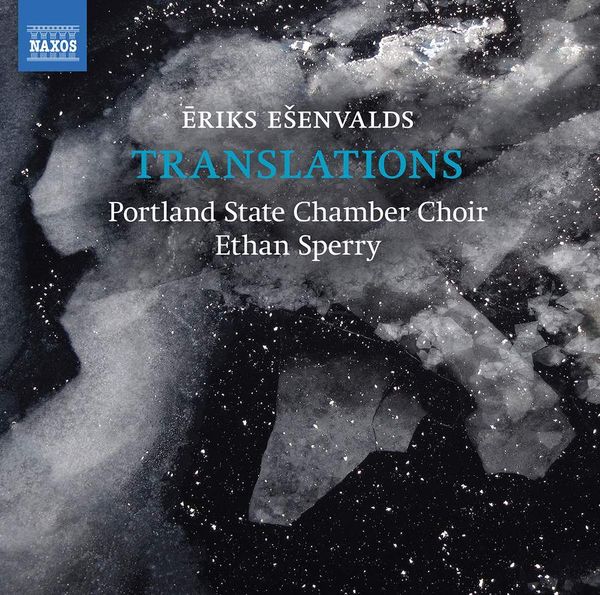
Eriks Ešenvalds: Translations
Ethan Sperry, conductor; Portland State Chamber Choir, choir; Kate Ledington, Maeve Stier, sopranos; John Atkinson, Doug Tourtelot, engs; John Atkinson, mastering; Erick Lichte, prod.
Naxos 8.574124 (CD, auditioned as 24/96 WAV).
In June 2020, Stereophile selected Translations, an album of choral works by Latvian composer Eriks Ešenvalds, as recording of the month. JVS called the choral album "equal in quality to the finest I've heard on record" and described its sonic quality as "exemplary." I second Jason's impressions. My two favorites include the title track, which features extended choral tonalities and shimmering singing handbells played like Tibetan singing bowls. The second is "In paradisum," which produces a ravishing but wordless choral tapestry behind the solo instruments, its vocal tonalities shimmering subtly and changing, making it the most beautiful choral recording I've encountered.
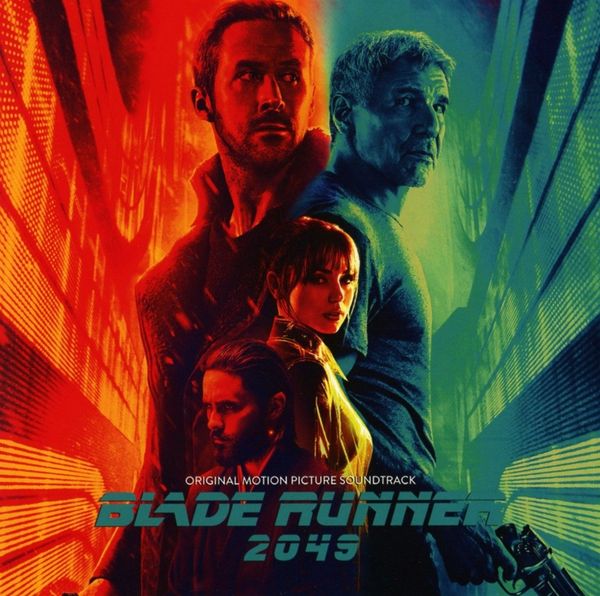
Hans Zimmer and Benjamin Wallfisch: Blade Runner 2049 Original Motion Picture Soundtrack
Simone Vitucci, cello; Tristan Schulze, cello, vocals; Owen Gurry, guitars; Avi Kaplan, vocals; Chas Smith, exotic instruments
Alcon Sleeping Giant (ASG) Records 19075803092 (2 CDs). 2017. Ashley Culp, Kayla Morrison, Michael Hodges, prods.; Chuck Choi, Ghian Wright, Alan Myerson, Eric Boulanger, engs.
Blade Runner 2049's opening visuals employ the power of minimalist photography to disorient. The backgrounds use featureless pastel colors with cloudless skies and no horizon line. The soundtrack composed by Zimmer and Benjamin does the same. "2049" opens with massive bass pulses followed by reverberant chords that play into a wide and deep soundstage with eerie echoes and distant, dreamlike New Age synth chords. The "Blade Runner" track continues the trancelike synthesizer melody complete with shimmering highs and sustained bass pulses The opening track of disc 2, "Pilot," combines percussion, cymbals, and moaning synth notes. Recordings from the past—like Frank Sinatra's "One for My Baby (and One More for the Road)" and Elvis Presley and the Jordanaires' "Can't Help Falling In Love"—convey a back-to-the-future disorientation. Where Zimmer's previous soundtrack, for The Dark Knight, delivered chaos and disintegration, his Blade Runner 2049 score reflects emptiness and loss. It is every bit as compelling.

One of the best ever and much needed direction during the pandemic.

...when I dropped by my local brick-and-mortar stereo shop not long ago and my wife expressed some "concern" at my music buying this past year!

Two things that have kept me going all these months:
The constant stream of vinyl mailers that bring new music to my door, and fantasies of the moment I'll walk into a club again and hear it played live.
Looking forward to perusing the list.

Records ARE to live for. Music is ALIVE. We think it, we breathe it, even taste it. Let's call it for what it is.

Verdi in one of his best Aida
Why not highlight that this record is analog and is available in an analog edition (uncompressed)

This isn't my choice (although I love the recording), and I don't pretend to speak for Tom. But as far as I can tell, the CD/Blu-ray package is readily available, as is a 24/96 download at HDTracks and other sites, while the vinyl seems only available used.
There's also a potential fallacy in your statement. Do you know for certain that no compression was used by the recording engineers? I don't know, but I do know that many analog recordings were subject to compression.

I agree, but with patience you can find a good copy near mint, and maybe with more luck NEW.
Analog is less compressed than digital. On vinyl this is the closest thing to the original master tape.
On my analog system that recording, Aida-Verdi-Solti-Price, sounds better.
Good hunting and happy listening. Thank you.

I know my hearing is going, but I bought a CD of an artist I love and have many recordings. I was having a hard time understanding all the lyrics that was being sung. I thought, am I losing it and my hearing getting worse?
I dragged a file into Sony Sound Forge 14 and there is was: compressed and then the flat top wave form .1db under 0...full scale. Well, that engineer didn't want any "Overs". lol
There were points in each song where the music was above the vocalist. I always viewed the vocalist as a boat on water; big dynamic range might look like giant ocean waves in my editor which is fine if they are below 0 db. If the music is more gentle like a ripple in a lake the vocalist could be in a row boat or a nice wood bodies inboard boat, but always above the waves.
This seemed to be followed more by vocalist and engineers in the 40's, 50"s, and 60's like Sinatra, Bennett, et.al; and now Krall, Buble' and many others. Sad, but true.
It seems that with all the options in DAWs these days that recordings can be made worse by doing more engineering. It needs to be dialed back.
JA1's recordings are always a benchmark for me. His choral work is the best as are recordings by Eric Whitacre. When you can understand what the entire choir is singing you know the engineering is top notch.

Great List- Guys!
good to see a few 2020 titles make the grade.

Seems like a comedic cliche,
Are we intending to make it into an Institution here ?
It's bad taste that isn't funny.
We should take a leadership stance and describe these Albums as Hall of Fame Albums with each getting its own individual Number and date of enshrinement. ( Of course, if these Albums are actually deserving , which I think they are )
Stereophile needs to hold the Higher Ground in matters like this.
Tony in Venice Florida

Dear Tony,
You frequently amaze me. Stereophile's Records-To-Die-For already is an institution; it has appeared every year for a very long time. Are you suggesting that Jim Austin consider renaming the feature "Records to Live For?"
As for needing to take a leadership stance, I think that this long-standing feature and the magazine as a whole already do. Do you disagree?
Your "shoulds" suggest that you're ready to apply as our new editor. An interesting prospect, to be sure. Perhaps first, since you live on the FL coast and the consequences of global warming are being felt everywhere, you might consider moving to Higher Ground.
Be well. Without your thoughts, the comments section would never be the same. I hope as many people look forward to my contributions as they look forward to yours.
jason

Tony's lost a step.
He forgot to whine about the word "records" while mewling about "to die for."
But, he skipped his usual retelling of how he owned a Hi Fi business, so that's a step forward.

I'd need a good original instrument recording before I'd expect that.
HIP is high fidelity.
With JSB's music for harpsichord on a Grand Piano you can't DO it, as you have to leave notes out.
:-)

"to die for" is a 20th Century expression, born from a Comedic Movie. It is a tired expression about selfish greed for a Prada Purse. It's Cultural to a life of privilege and a disrespectful reference to a shallow pursuit to competitive acquisitions. It's a Bubble-Gum expression.
Our best recordings and the talent creating them "should" find a place of Distinction, documented for all time with Stereophile and Staff being the Curators. ( who is better equipped ? )
Great and Outstanding Recordings are the Bedrock Foundation of our wonderful hobby/avocation. We have a duty to Honour them with something they earned and achieved : Placement in Stereophile Staff's Hall of Greatness !
Stereophile could & should/could become Stereophile News & Record Review.
Higher Ground : I live 16 feet above Sea Level, am fully insured for Water, Storm Surges, Hurricanes and high winds. My residence is built to withstand 132mph flying bits. It's a Tropical Paradise. I can no longer tolerate returning to the frozen North, for any reason including participating in another Progressive Political Movement. Temperatures can drop to 50F and increase to 90F, our Pool floats at 88F, swimming is a weightless nirvana.
Thank you for writing, corresponding with you has always been a rewarding experience.
Tony in Venice Florida

With all due respect to Mr. Austin, his "vindication" of U2 seems to be a bit perplexing, based on the claims he makes in his review of their album War. While U2 has indeed carried on as a functioning band for longer than the Beatles did, they have not lasted "much longer" nor have they "sold almost as many records." Based on the numbers I have seen the Beatles total claimed sales figures are listed as anywhere between 500 million to 1 Billion units sold, with "Certified" sales of 282.3 Million. U2 on the other hand has total claimed sales of 150 Million and "Certified" sales of 111 Million. Perhaps Mr. Austin's idea of "nearly" and mine are different, because, in my opinion those respective numbers for each artist aren't even remotely near each other. And I like U2. Nothing against them.

I have the MFSL cd, The Tubes, in my collection. It is very good and played often. Would like to have seen something from the Van Halen catalogue make the list. I was waiting for a flight home in McCarran when the news arrived that Eddie Van Halen died. Once home, I went on a binge of Van Halen records for the next several days.
As for live music, we spent the Christmas week at Lauderdale By The Sea and the restaurants and bars by the beach were busy and featured many local two and three piece musical acts playing a great selection of music. We enjoyed it immensely!

I'm happy to see Starker's Mercury recording of the Bach cello suites here. I haven't heard it on vinyl, but the 3-channel tracks on the SACD are incredibly lifelike.

It is nice to see Previn's Rachmaninoff Second Symphony on this list. I love the recording, and his previous recording with EMI was also outstanding. Previn remains an underappreciated conductor, in my opinion. He was an intelligent and insightful musician, especially in his EMI recordings from the 60s and 70s. His Midsummer Night's Dream recording with EMI is one of my desert island recordings, and I think one of the top classical recordings of all time.
A special shout out to Ken Micallef for the Sonny Rollins - Rollins in Holland introduction, I never knew it existed, done, ordered. Thanks, Ken.

It is nice to see Previn's Rachmaninoff Second Symphony on this list.
Yes and his recording of Rachmaninoff's First Symphony is, imho, even better although the 1st, itself, is not.

It is good, but not as memorable to me because the second is lyrically superior.
Forgot to mention the Aida/Solti recording as well. Anything with Price and Vickers is bound to be a winner. Meeting Vickers many years ago in Montreal and spending quite a bit of time with him chatting about his career and the conductors he worked with was unforgettable. He wanted to continue chatting but I had to call it a night - a decision I immediately regretted.

Well, I did admit that the 2nd is a superior work but, otoh, I am bored by it and I still can get a kick from the 1st. Another Previn winner is his Shostakovich 8 with the LSO.
As for that Aida, yes, too, although I am much more of a Vickers fan than a Price fan.

You mean his Deutsche Gramophone 8th? that he did a few years ago? I find his later Shostakovich sometimes doesn't have that frenetic pace or edginess that Shostakovich requires. His earlier Shostakovich recordings better exemplified that although will admit I don't think I have his 8th on EMI, will have to check.
I was actually listening to Karajan's recording of Shostakovich's 10th the other night, the one he did in the 60s, and find he nails it, gets the tension and pace just right. I also compared that recording to a live recording of him and his orchestra live in Moscow and it is virtually indistinguishable from the recording, amazing how well he had them playing. He actually did very well with the digital recording from the 80s, but the sound is quite flat. It's a pity he never recorded more of Shostakovich's works.
But I digress, will have to seek Previn's earlier EMI of the 8th on vinyl.

Julie Mullins that R2D4 is meant to bring to readers' attention long forgotten or overlooked gems. What is she going to bring to our attention next year, Holst's tP's or DSotM?

Most of this music is not relatable for me and being relatable is the exact point of music. I really liked the music suggestions on Inner Fidelity.